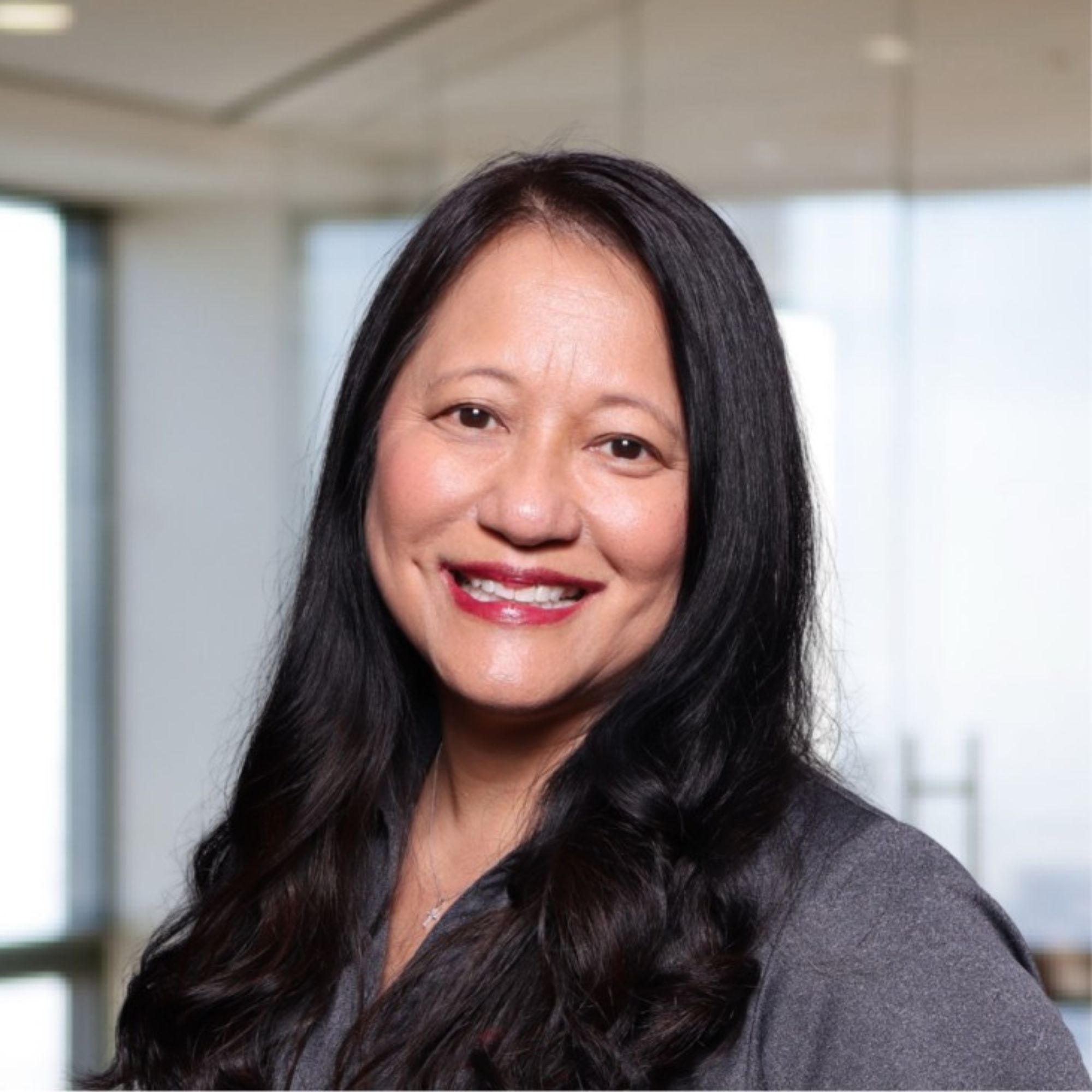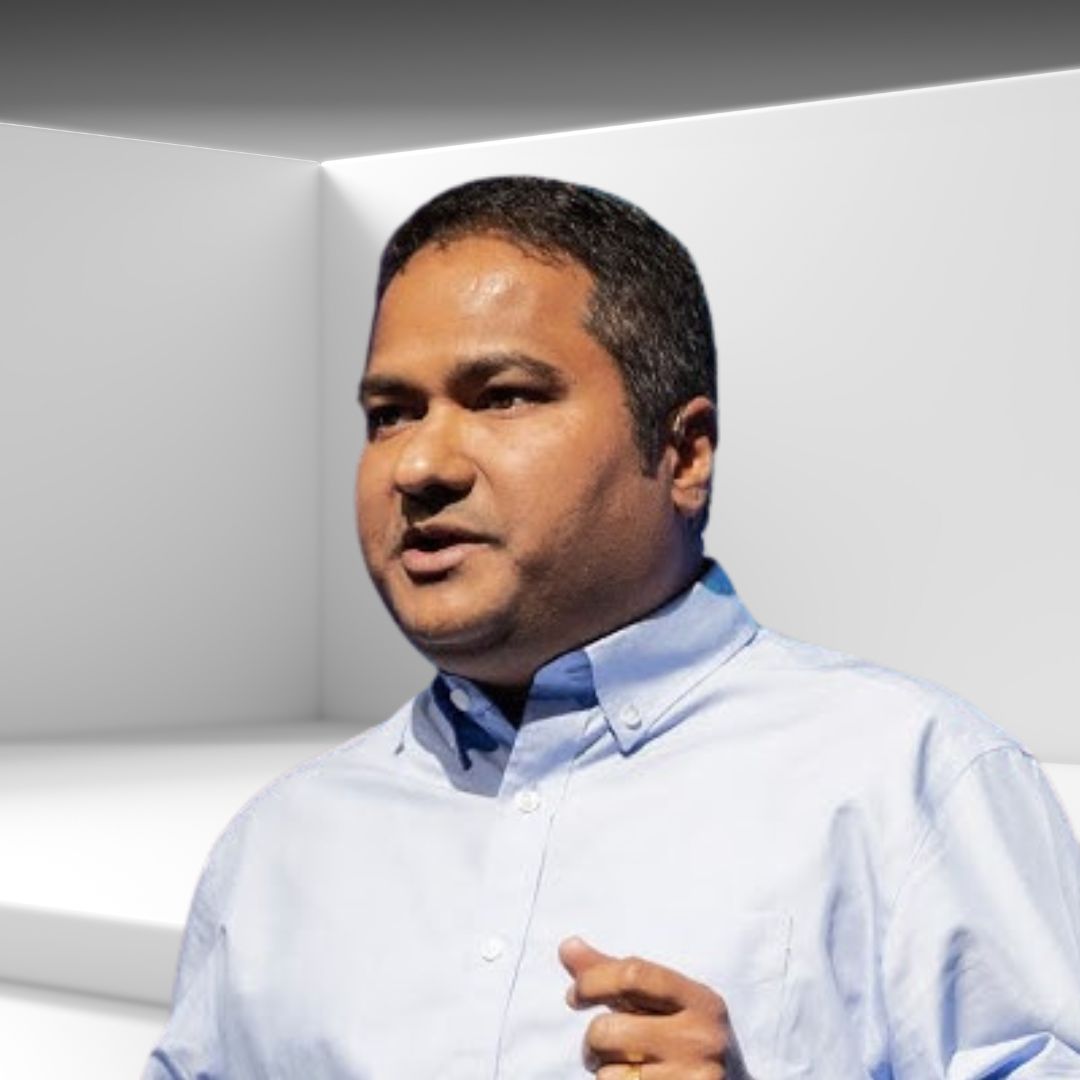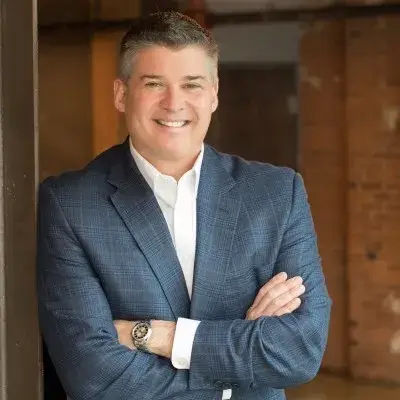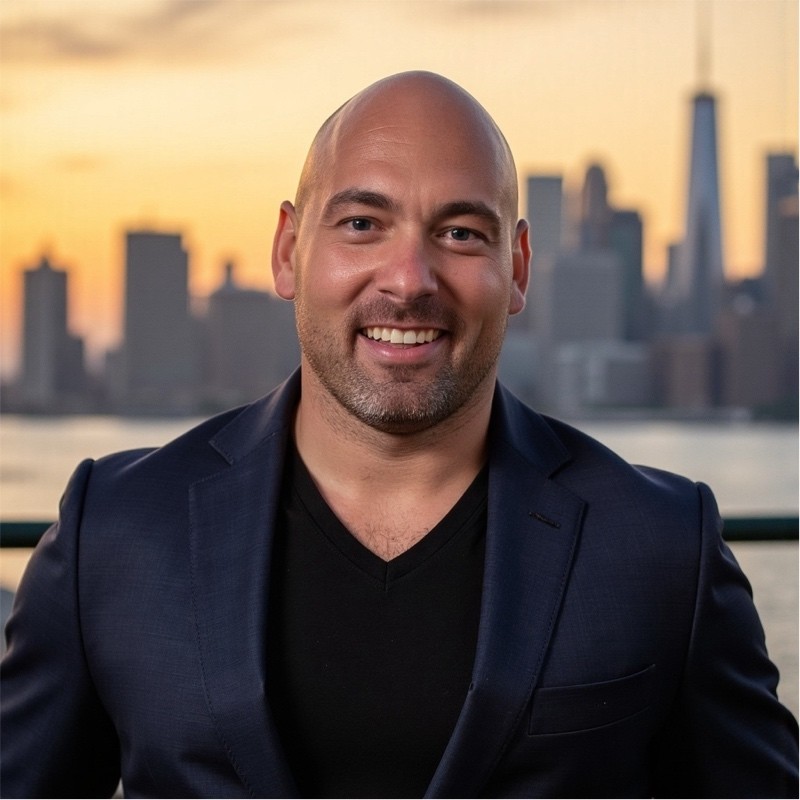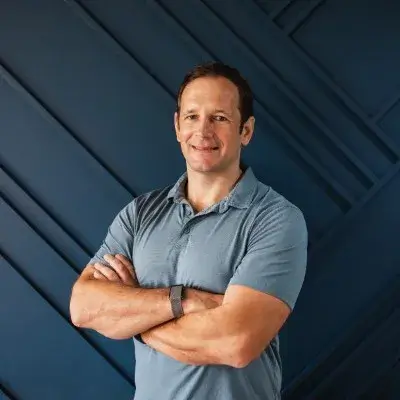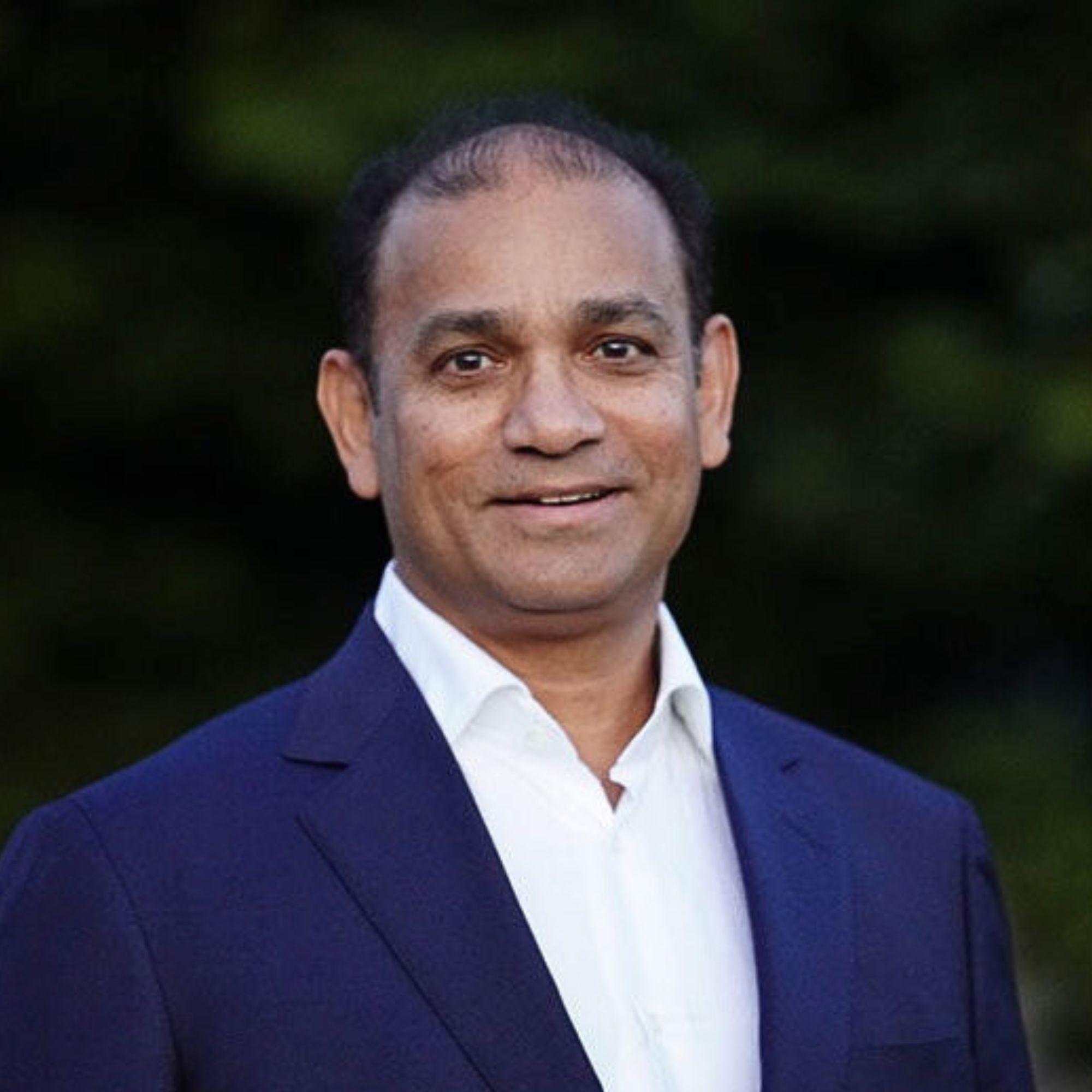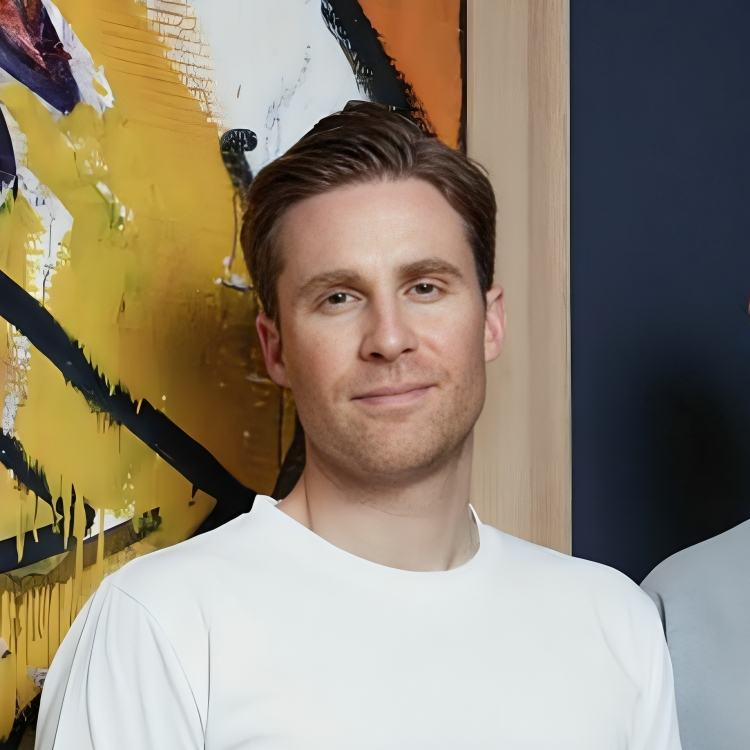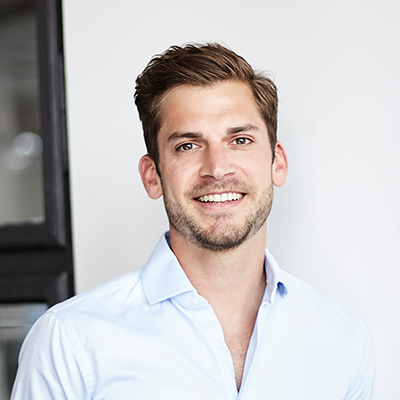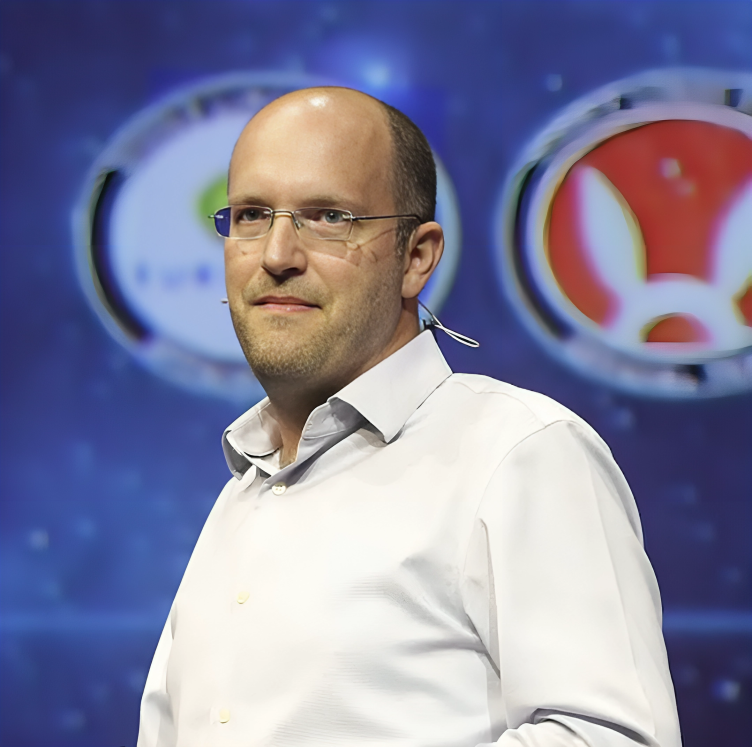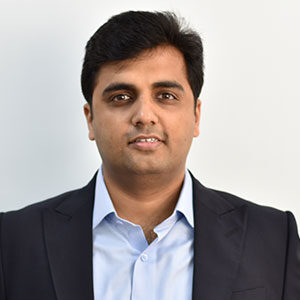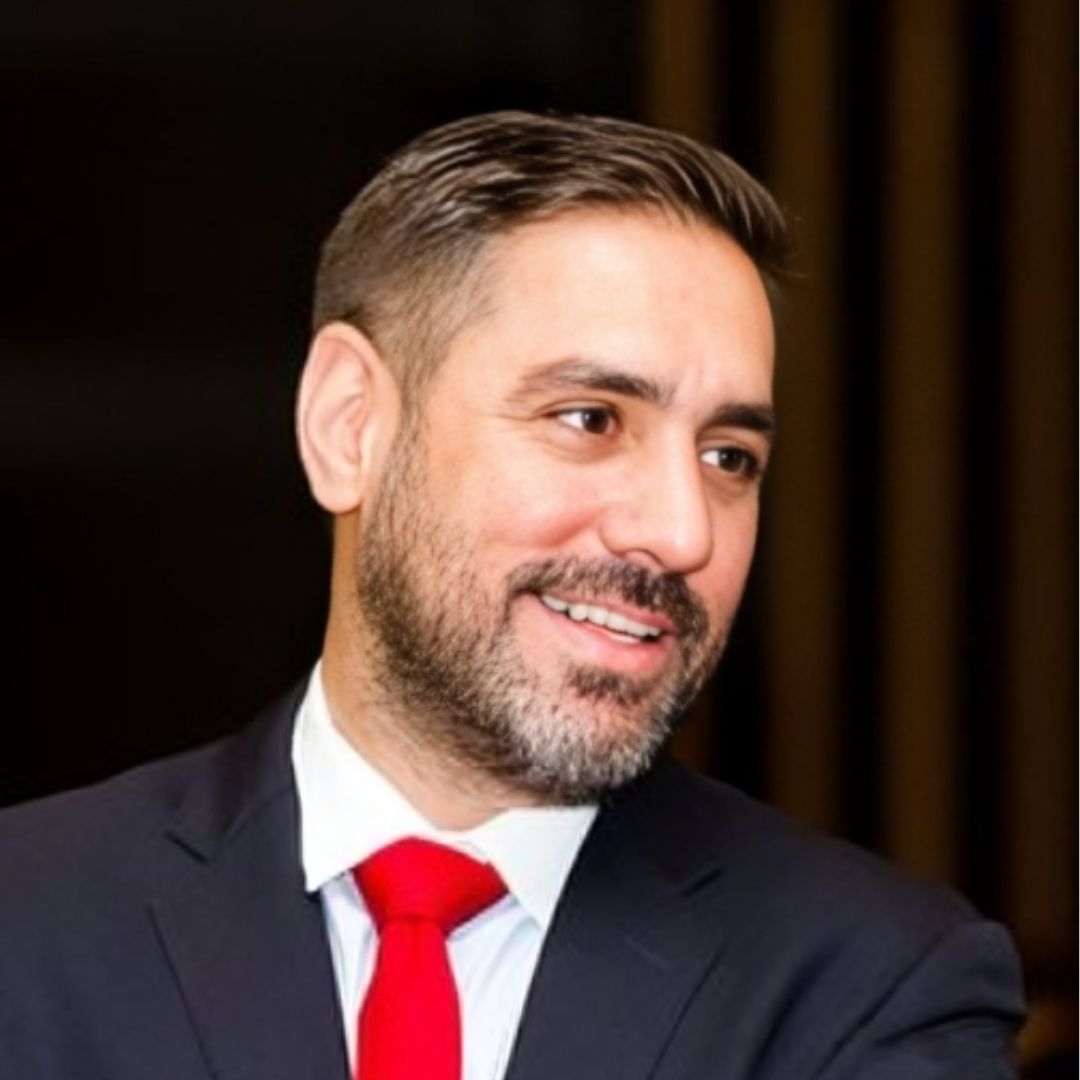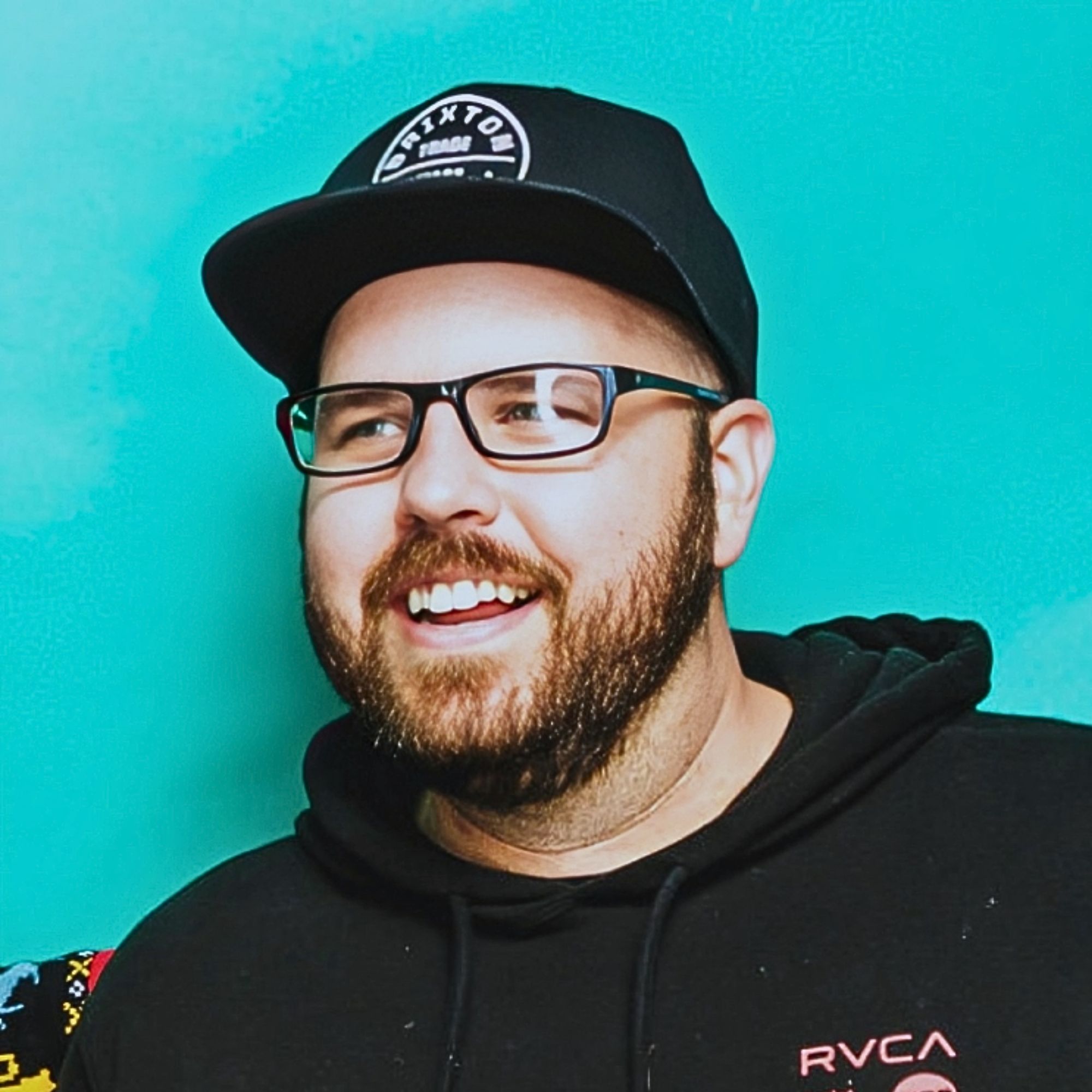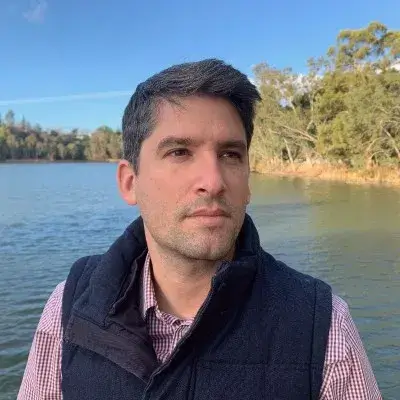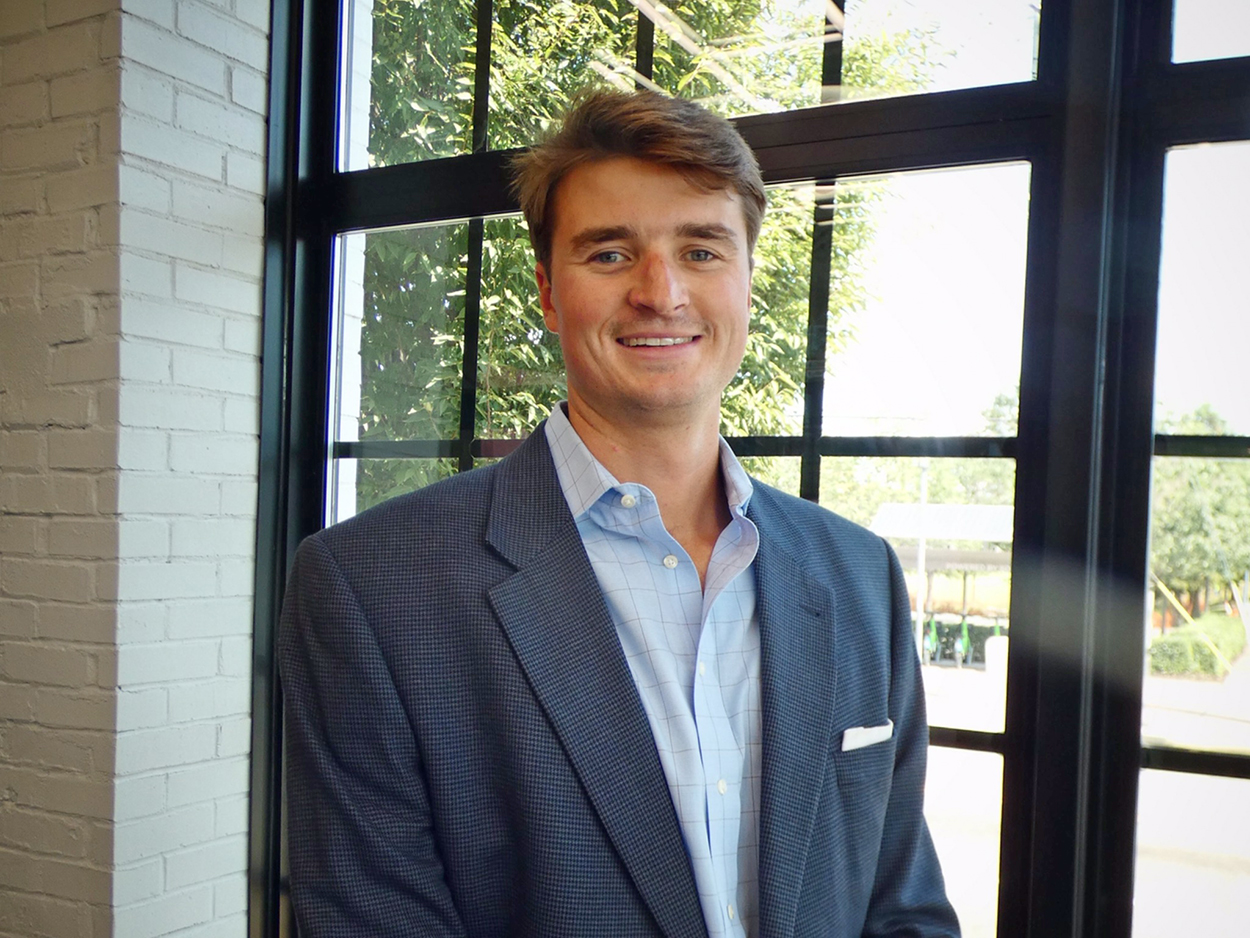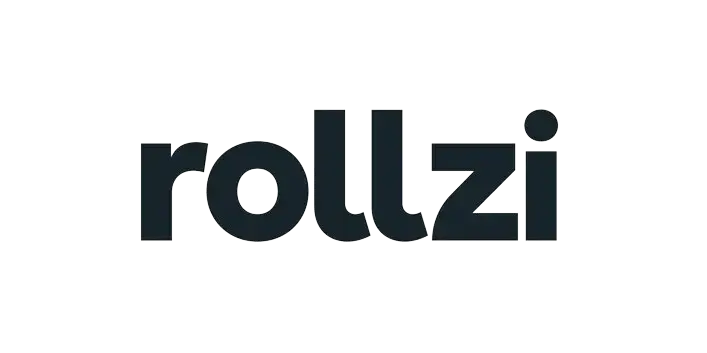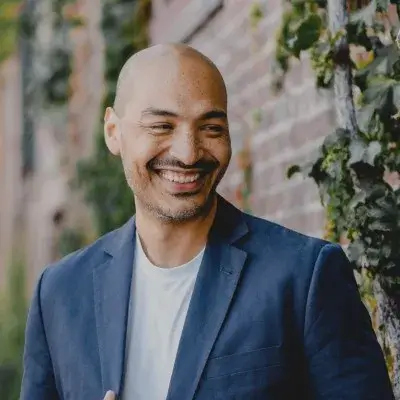Ready to build your own Founder-Led Growth engine? Book a Strategy Call
Frontlines.io | Where B2B Founders Talk GTM.
Strategic Communications Advisory For Visionary Founders
Actionable
Takeaways
Adapt Your Target Customer Profile:
Initially targeting VP-level executives may not always be the best approach. Identify and engage directly with the individuals who handle the day-to-day operations, as they may have a greater need for your product.
Leverage Cold Calling for Customer Insights:
Don’t underestimate the power of cold calling and direct engagement with potential customers. This approach can provide valuable insights into market needs and help refine your product offering.
Innovate Cost-Effective Solutions:
To succeed, especially in hardware products, it's crucial to find ways to reduce costs without sacrificing quality. Tive achieved this by working closely with manufacturers in China to produce affordable, high-quality trackers.
Prioritize Transparency with Customers:
Building trust through transparency is essential. Proactively communicate any issues and maintain high standards in customer support to foster strong, long-lasting relationships.
Understand and Adapt to Market Needs:
Flexibility and willingness to pivot are key. Tive initially targeted the pharma industry but shifted focus to produce logistics when they found a more immediate and accessible market opportunity.
Conversation
Highlights
From Kosovo to Supply Chain Innovation: How Tive’s Founder Built a Category-Defining Platform
Krenar Komoni didn’t set out to revolutionize supply chain visibility. The catalyst came during family dinners, watching his father-in-law constantly interrupted by phone calls, desperately trying to locate truck drivers at 9 or 10 PM. “I’m like, you know what? I’m going to make a GPS tracker for fun,” Krenar recalls. That frustration-driven side project would evolve into Tive, a supply chain visibility platform that’s raised $80 million and shipped over 1.5 million trackers.
In a recent episode of Category Visionaries, Krenar shared the tactical realities of building Tive from a hobby project into a category-defining business, including the pivot that saved the company, the cold calling strategy that unlocked product-market fit, and why transparency matters more than perfection.
The Pivot That Changed Everything
Tive’s early tracker seemed like a winner on paper. In 2018, they released what Krenar describes as “the world’s best tracker” priced at $250 with a $50 monthly subscription. It had over a year of battery life and attracted customers like Nokia. But there was a fatal flaw in the business model.
“The challenge was they couldn’t use it a lot because they had to figure out how to, they would ship their products, could be pharmaceuticals, could be produce, could be one of my first customers was Nokia, but then they would have to return these trackers back,” Krenar explains. Customers had to execute complex reverse logistics just to return the trackers, creating friction that killed adoption.
With only three months of runway left, Krenar made the hardest decision of his entrepreneurial journey: laying off half the company. “In order to extend it to nine, I had to go and lay off half of the company. And I did that,” he says. But the layoffs bought time for something more important—learning what customers actually needed.
The Cold Calling Breakthrough
Rather than retreat into product development, Krenar went on offense. He and a small team of college graduates began an aggressive outreach campaign, cold calling and cold emailing 150 to 200 potential customers every single week. “Do not be afraid to cold call customers, especially potential customers,” Krenar emphasizes. “Email, cold call, email, cold call, change messaging, change the subject line, change how we write things and just try and try.”
The results transformed the business. Proof-of-value engagements jumped from one per month to two or three per week. More importantly, the feedback revealed the path forward: customers needed disposable trackers that didn’t require returns. “We got to figure out how to make more cost effective trackers that could be used once and if the customer doesn’t return them, it’s okay,” Krenar says.
Manufacturing for Margins
Making a disposable tracker wasn’t just an engineering challenge—it was an economics problem. Krenar and his VP of technology flew to China and visited eight different manufacturing sites across Shanghai, Shenzhen, and Guangdong. “We figured out who can make cost effective trackers for us, but most importantly, who can listen to us, because we have the ideas, we have the way on how we want to build this,” he explains.
The goal was clear: create a tracker they could sell for $40 to $60 while making money on the first sale. “I couldn’t afford that because I had no money left. So I had to make money first, like over the first sale,” Krenar notes. By January 2020, they released the world’s first single-use 5G-ready tracker, and product-market fit finally clicked.
Finding the Real ICP
Krenar’s initial assumptions about his ideal customer were wrong. He thought VPs of supply chain and chief supply chain officers would be the buyers. “We kept getting directed towards logistics managers, transportation managers, people that are actually doing the work of moving the goods from a to b. And that’s how we figured out as far as the persona goes,” he shares.
The vertical was equally surprising. Krenar believed pharmaceutical companies would line up immediately. Instead, Tive found early traction in produce—strawberries, blueberries, poultry, bananas, asparagus. “They want to make sure that those arrive in good condition at the retail store. And temperature is very important for those, but they also want to do it very cost effectively. And that’s where we really started to see some strides in the beginning,” he explains.
Pharma required passing extensive regulatory requirements like CFR 21 Part 11, validating data integrity, and competing with established temperature loggers. “Pharma customers are still begging for a very reliable, real time tracker on the pharma side. And that’s something we’re working on,” Krenar says. The company is now releasing a pharma-specific prototype after nine years of building credibility and capabilities.
Marketing Through Love and Trust
Krenar’s marketing philosophy centers on two emotions: love and trust. “I want our customers to love our brand. And number two, I want the customers to trust our brand,” he explains. But he recognizes the challenge: “Somebody can love the brand, but they might not trust it because the product’s not good.”
Love starts internally with company culture and manifests through customer support, sales, and account management. “If we all love one another, I think the customer starts to experience that too,” Krenar says. Trust, however, requires radical transparency—especially during failures.
“If there’s been a challenge in the market or we run into an issue, I’ve trained the team and I’ve done it myself, to immediately call the customer, email the customer, apologize to the customer, tell them about the issue before they figure out the issue,” he shares. That proactive transparency builds more trust than perfect execution ever could.
The Long Game with Investors
Raising $80 million required talking to 600 to 800 different investors and earning 14 to 18 term sheets over the years. Krenar’s approach mirrors his customer strategy: build trust through consistent execution. “You tell them what you’re going to do next, and I’ll check in with you in three months. And then three months later, you were at point A three months ago. Now you’re at point B, and they can start drawing a line,” he explains.
The key is predictability and over-delivery. “Ideally you want to be a little bit above point C. So then they start building this line from A to B to C and can say, wow, I can actually trust Krenar as a Founder,” he notes. Nobody writes a check on day one, but they will six, nine, or even 24 months later if you consistently execute.
Why Supply Chain Remains Broken
Despite the massive market opportunity—$22 trillion in global trade annually and $11 trillion spent on logistics—supply chain pain persists. Krenar identifies two core reasons: fragmentation and physical complexity. “Tens of thousands of logistics service providers touching that product, moving it from A to B, and then B to C and then C to D. And all of those working in different systems,” he explains.
Different carriers use different GPS systems, different transportation management platforms, and different processes. On top of that sits the inherent uncertainty of physical movement. “Everything that we do, everything, the microphone that I’m talking to, the microphone that you’re talking on, it’s something that got shipped to you and to me,” Krenar points out. Every physical object represents a logistics challenge someone had to solve.
With over 205 employees—80 of them in Kosovo—Tive is aiming for $200 million in revenue within three to five years and preparing for an eventual IPO. The company plans to sell between 750,000 and one million trackers this year alone. For Krenar, who started with a simple GPS tracker for his father-in-law’s trucks, the journey continues with the same principle that saved the company years ago: stay close to customers, learn from their pain, and execute relentlessly on the product roadmap.

